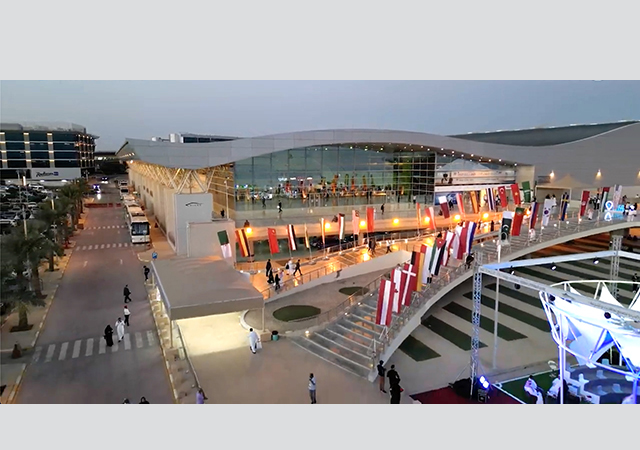
 A fleet of Dynapacs at work on the circuits.
A fleet of Dynapacs at work on the circuits.
No less than 15 Dynapac compaction rollers are paving the way to complete the first Formula One race circuit in the Middle East, in a race against time for the Gulf Air Bahrain Grand Prix in April.
In addition to being the first F1 circuit in the Middle East, it will also be the first race in a desert environment.
The contract to pave the 14 to 20-m-wide race track was awarded to Bahrain Asphalt in September 2002. In the original scope of works contract, the contractor was only responsible for the asphalt elements of the track.
However, as the project’s main contractor, Cebarco-WCT JV recognised the competence and performance of Bahrain Asphalt – gained on numerous highways in the Kingdom and the international airport – it was extended.
Today, the revised scope of works includes laying the tracks” sub-base, access roads, ‘shortcut’ circuits, a dragster race track, stabilised soil verges, plus track-side drainage and gravel run-offs.
The circuit design includes a variety of ‘shortcut’ layouts which can be configured to suit any required length for the race track.
Before racetrack preparation could commence, more than 500,000 cu m of rock was blasted and cleared by Bramco. Bahrain Asphalt, under its new scope of works, started to prepare the track sub-base in two layers.
A wet mix composition was initially laid to a depth of 150 mm and after compaction, a second 100 mm layer was added.
Dynapac CA250 and CA252 compaction rollers, working behind the paver and with 50 to 75 m long passes, achieved the specified 100 per cent modified compaction density.
The sub-base has been topped with a 70 mm asphalt base course using locally sourced limestone. Throughout compaction, Bahrain Asphalt used Dynapac CC222 and CC322 double-drum rollers plus CP271 pneumatic rubber-tyred rollers.
Using a paving pattern specified by the F1 authorities, the CP271 pneumatic roller made the first pass followed by the compaction rollers with five to six vibratory mode passes over 50 to 75 m distances. Compaction was completed with the pneumatic roller and static mode rolling to achieve the specified 100 per cent modified density.
The CP271 pneumatic roller is used in conjunction with other asphalt rollers to ensure surface sealing and stabilisation.
With an operating weight of 12,400 kg and eight front rubber tyres and four rear tyres, ensuring a wheel load of up to three tonnes/wheel, it is able to pave up to 4,800 sq m/h.
On completion of the asphalt base course and the curve edging and drainage, Bahrain Asphalt will lay the binder layer before continuing with the surface wearing course.
For the surface wearing course, a mix of imported aggregates will be used to provide a blend using UAE, Malaysian and UK materials. From the UAE, a mix of gabbro (considered to be one of the world’s hardest aggregates) will be used with Malaysian and UK granites selected to meet specified colour and hardness – both key factors, stipulated once again by the F1 Authority, according to Bahrain Asphalt’s project manager, Stephen Nicolay.
The wearing course will also feature an SBS (styrene butadiene styrene) polymer-modified bitumen with an above 75 deg C softing point so as to remain more durable in the region’s high ambient temperatures of up to 55 deg C.
Above the binder, the 40-mm-thick wearing course will be paved and compacted using ‘hot joint’ techniques laying in continuous echelons with two to three pavers and Dynapac rollers to achieve 98 per cent Marshall (degree of compaction achieved). The Dynapac rollers will work over minimal 75 m pass lengths.
For the wearing course, the authority stipulated that pneumatic rollers were not permitted.
Nicolay attributes the ‘hot joint’ as one of the project’s ‘trickiest’ aspects, particularly when working across such a wide track width of 14 to 20 m.
“On the sub-base asphalt course, cold jointing was permitted but we took the opportunity to gain experience with ‘hot jointing’ methods. Cold joints are unacceptable for the Formula One body on the wearing course,” he says.
“However, while it will not be possible to use ‘hot joint’ techniques around the complete circuit, it will be necessary to reduce the cold joints to a minimum,” he adds.
With an asphalt plant producing up to 2,000 tonnes per day and the track requiring 10,000 tonnes, indications are that some joints will be necessary.
“We will endeavour to minimise the number and will select the sharpest bends at which to introduce these joints,” says Nicolay.
Additional compaction duties
Alongside the track, a stabilised soil verge is also being prepared by Bahrain Asphalt. Originally specified as desert fill, it has now been changed to cement stabilised sub-base material. Laid to a depth of 150 mm across a variety of widths between 2 m and 40 m, the verge aids the aesthetics of the tracks' slopes and provides a drainage run-off. It also assists when cars go off the trackside.
The Dynapac rollers were used in both vibratory and static modes in the specified three static – six vibratory – three static pass operation.
For the more confined areas, the contractor was able to use walk-behind one-tonne Dynapac LP Series rollers.
A series of asphalt ‘run offs’ totalling 70,000 sq m are also being prepared on turns where the cars are considered most likely to leave the track.
Laid in two layers – 250 mm and 105 mm – for a final depth of 350 mm, compaction is once again carried out with the Dynapacs.
Additional gravel ‘run offs’ – the largest on T9 covering 6,500 sq m – are also being laid using gravel from Oman.
Drag race track
A 1,200-m-long by 18.5-m-wide drag strip – to cater to the already established and increasingly popular sport of drag racing, is also included in the complex. Featuring a 630-m-long concrete riding surface with zero gradient and no side fall, Bahrain Asphalt is using a microsilica 50 N/sq mm concrete mix.
Dynapac vibratory screeds in 10 m lengths over a 100 m bay panel are being used over a 9.25 m width. A readymix concrete is supplied to site and pumped into position.
In total, Bahrain Asphalt is using three Dynapac pneumatic BT90 concrete screeds. The first unit in Bahrain was used at the international airport.
The Dynapac BT90 screed has been designed to compact, level and finish large concrete areas. Up to 25 m of concrete slab can be finished in a single pneumatic screed.
At both ends of the concrete strip, 160-mm-thick asphalt extensions are being paved totalling 11,100 sq m and incorporating a one-degree slope.
The complex also features a 2,500 m long oval with two parabolic corners around the VIP tower as a test area for sports cars and parades.
More than 12 km of access roads around the edge of the track and 1.5 km of ‘shortcuts’ will ensure emergency access to any part of the circuit.
Dynapac fleet
Bahrain Asphalt took delivery of five Dynapac rollers last August for the Formula One project from local distributor Gulf Equipment and Technology (GET). These included two CP271 pneumatic rollers, one CC322 double-drum roller and two CA250 single-drum rollers; complementing the company’s own CA252s and LP Series walk-behind rollers.
By late November, a further five rollers were also delivered by GET – two CC222s, two CP271s and a CC322.
In addition, Cebarco is using a number of its own Dynapac CA250 soil rollers for preparation of the car parks.
At any one time, at least a further five Dynapac rollers are on rental to supplement the projects compaction fleet.
By completion, Bahrain Asphalt and its fleet of Dynapac rollers will have compacted more than 120,000 tonnes of asphalt covering an area of more than 440,000 sq m.


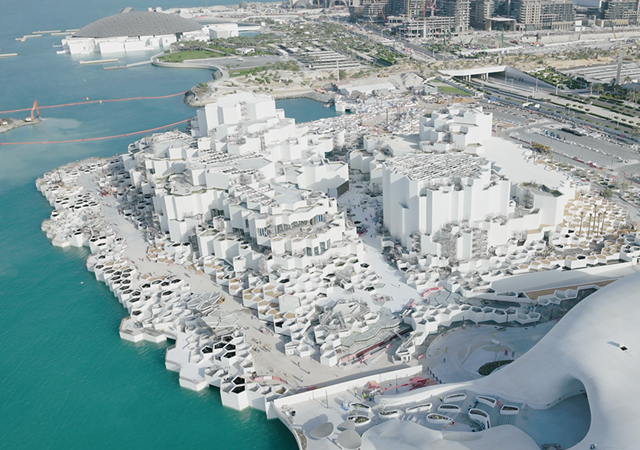


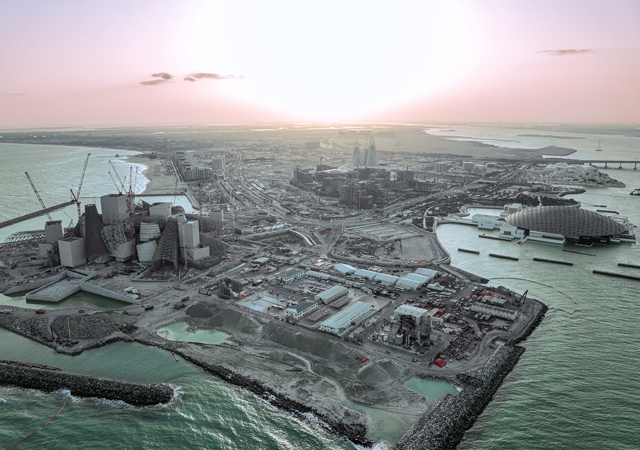
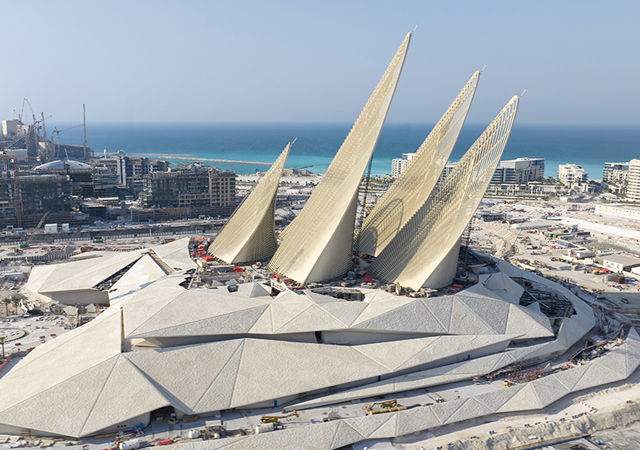
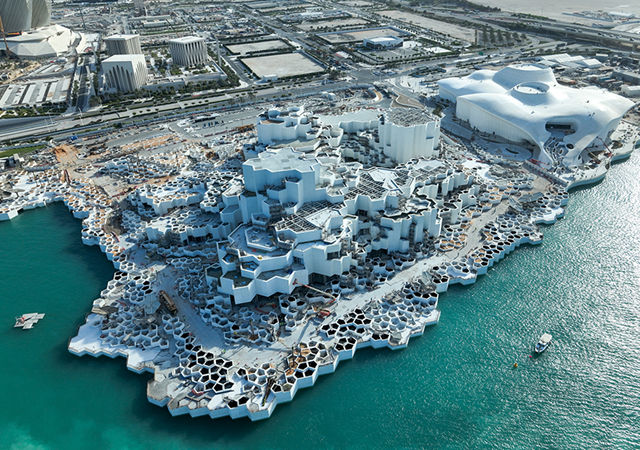
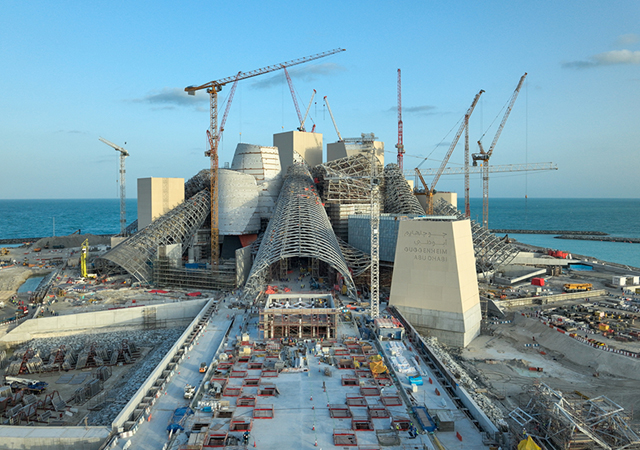
.jpg)

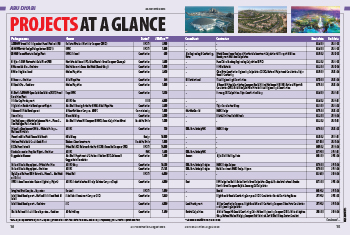


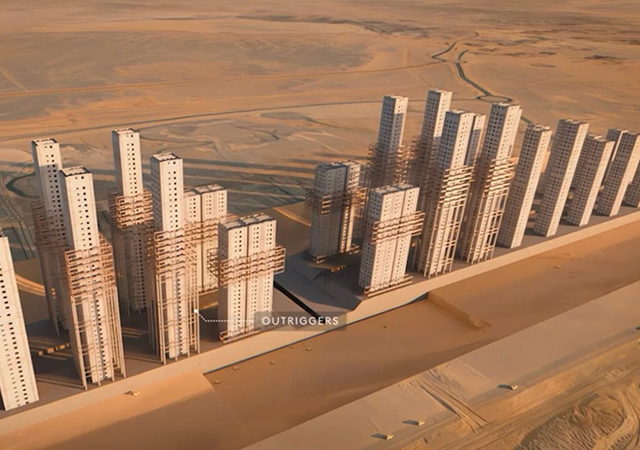
.jpg)
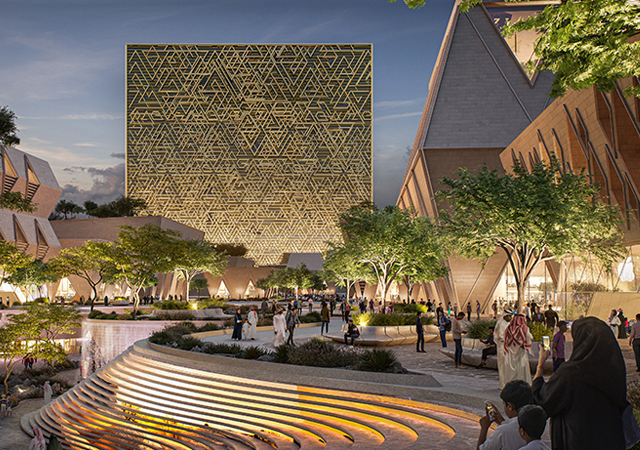
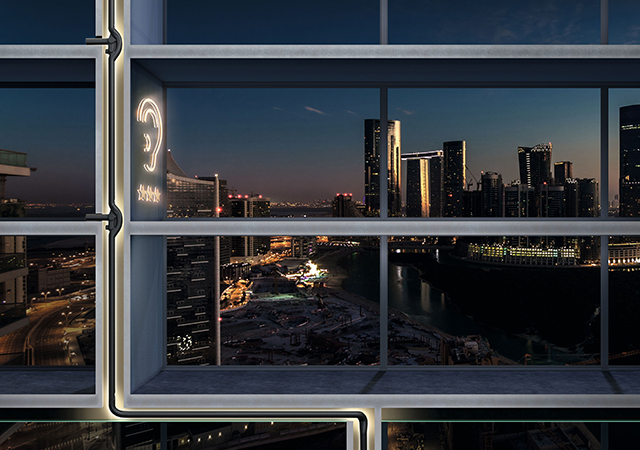
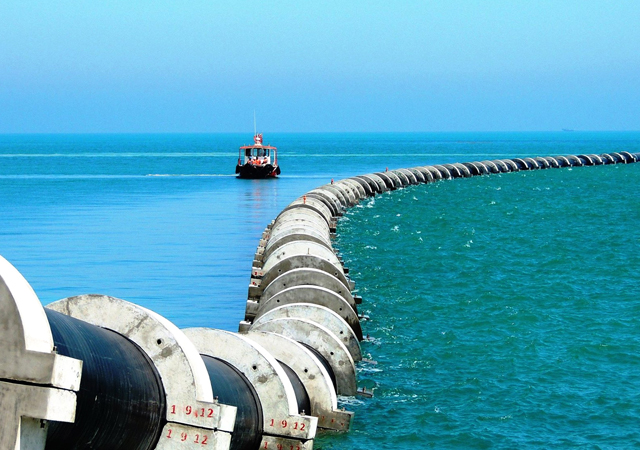



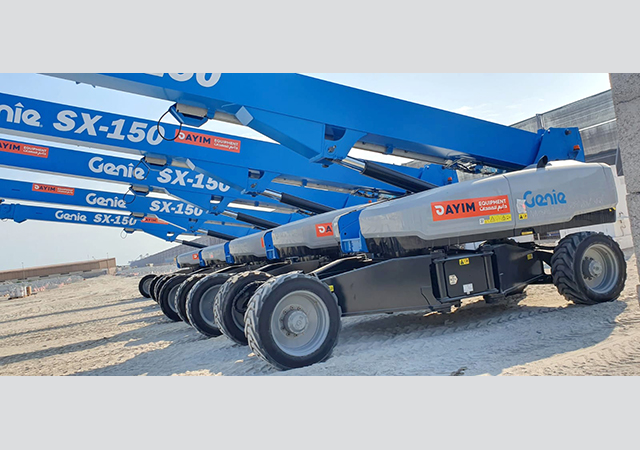
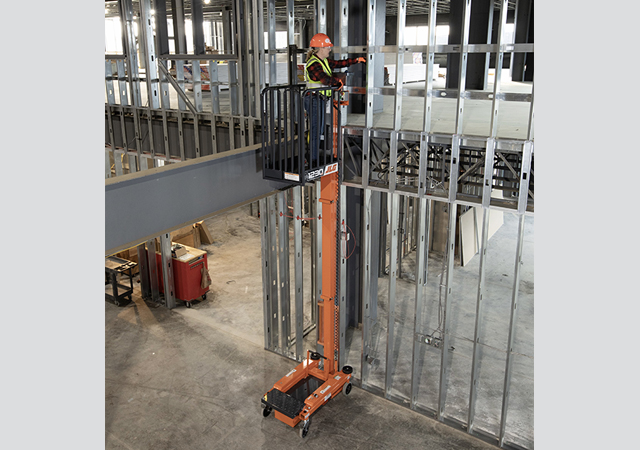
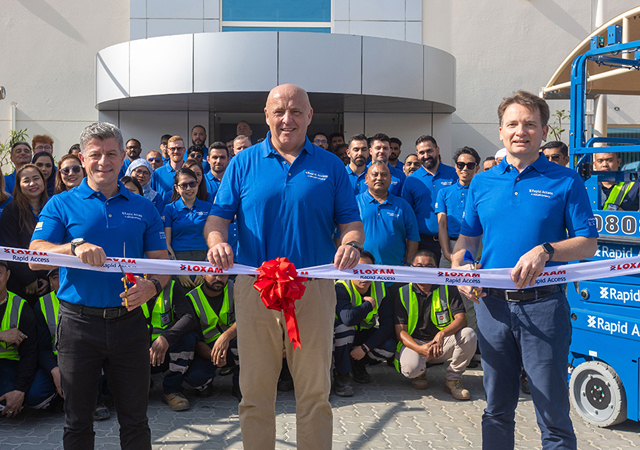
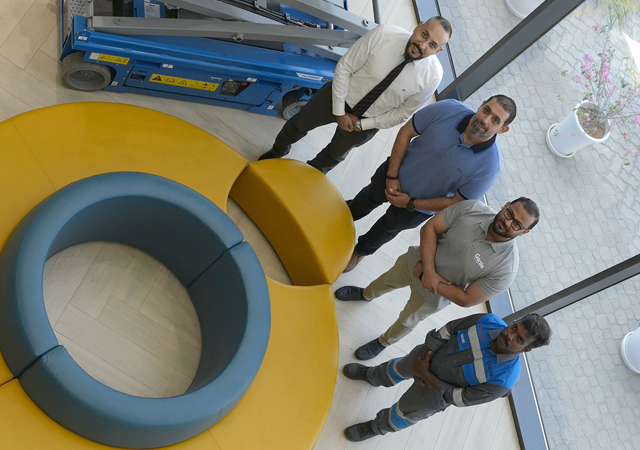
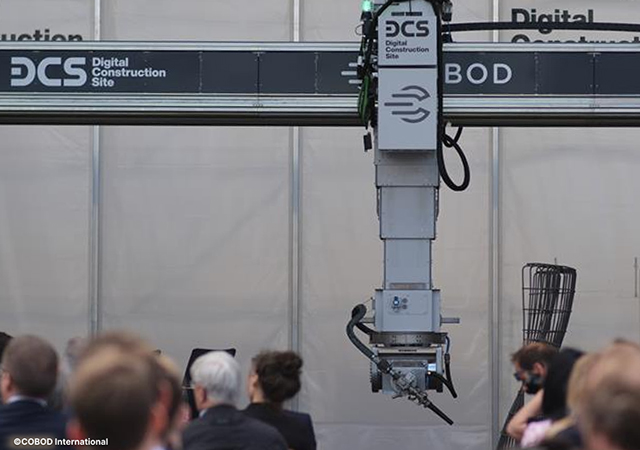
Doka (2).jpg)
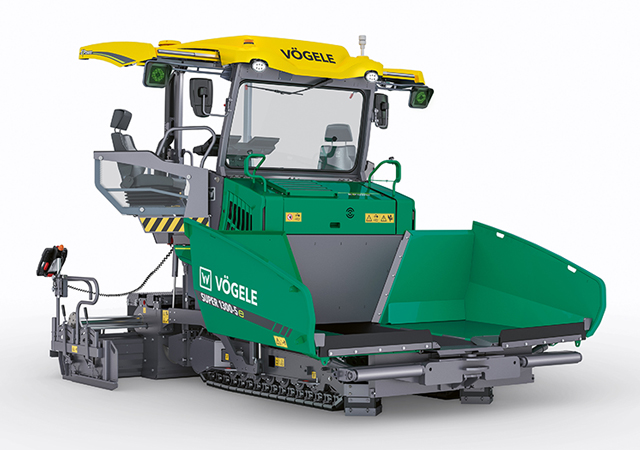



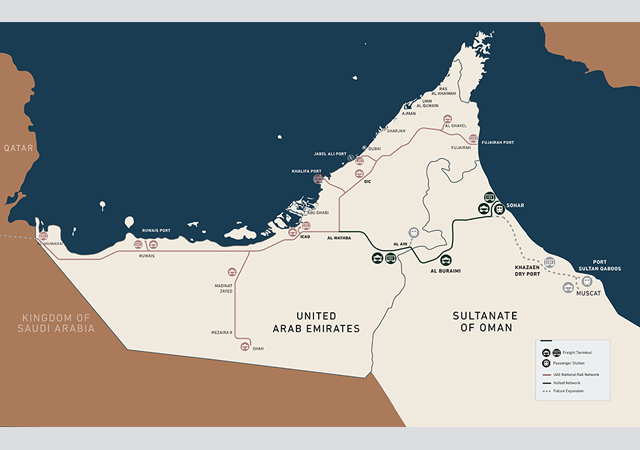
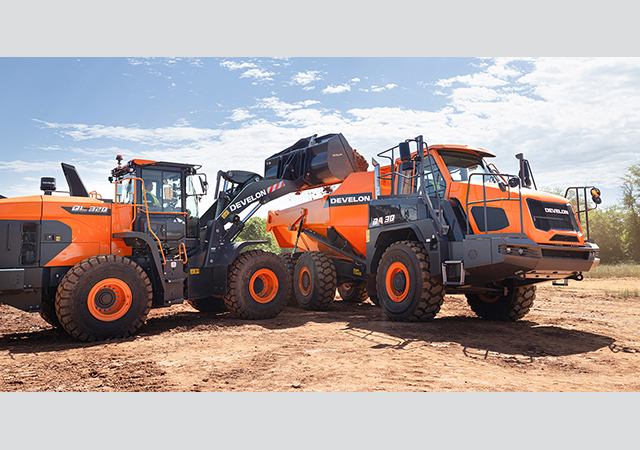


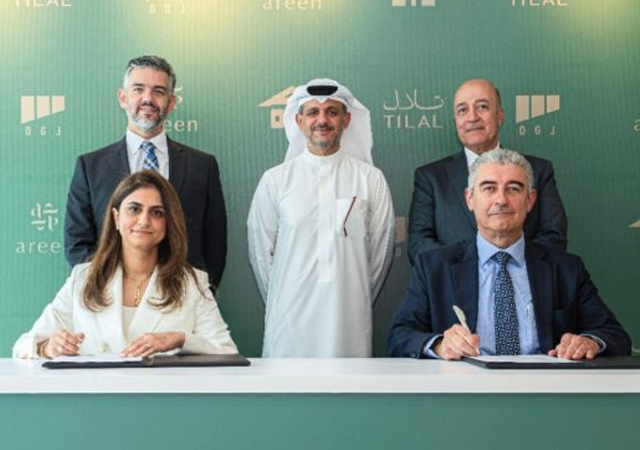
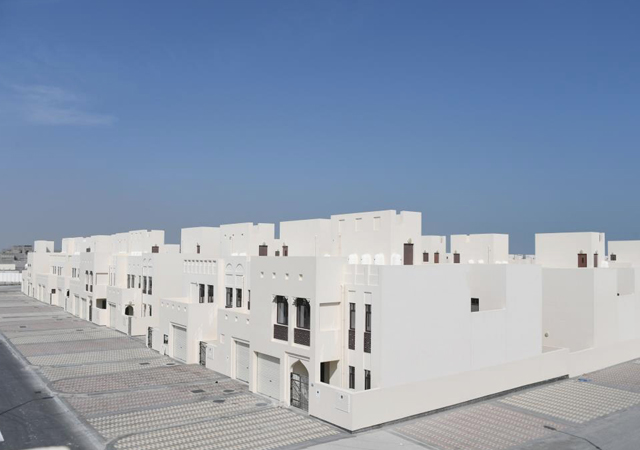

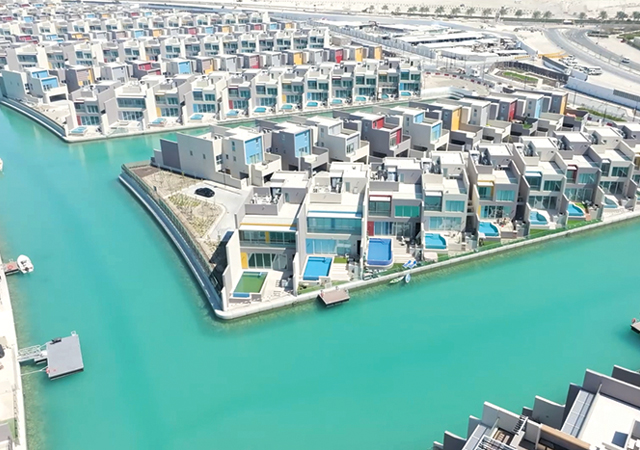
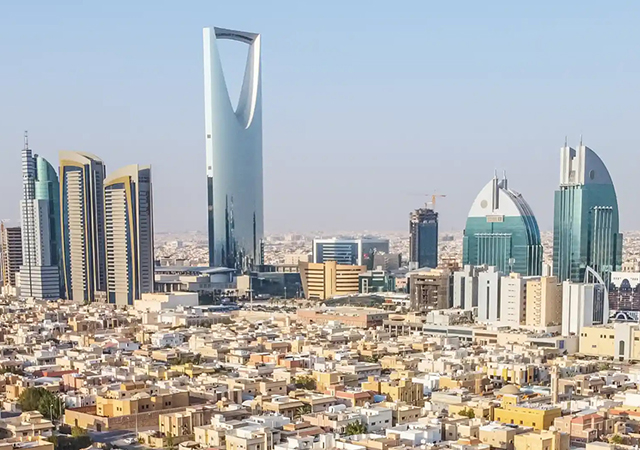


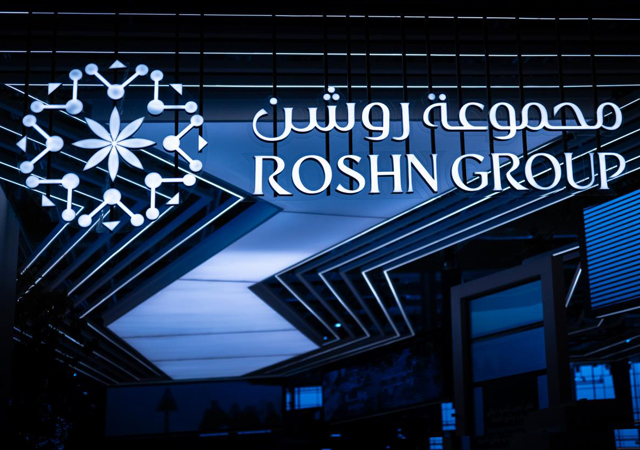
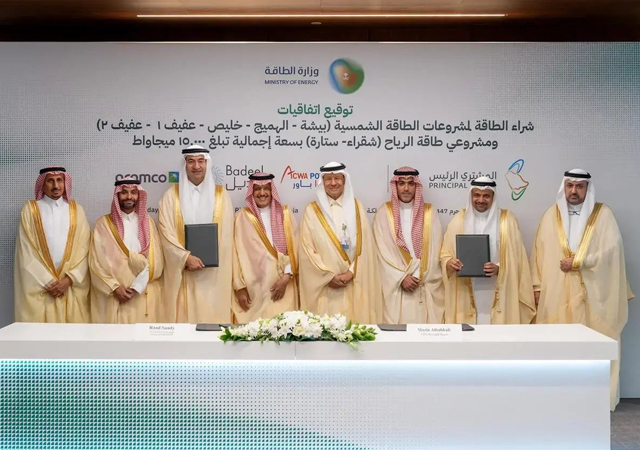
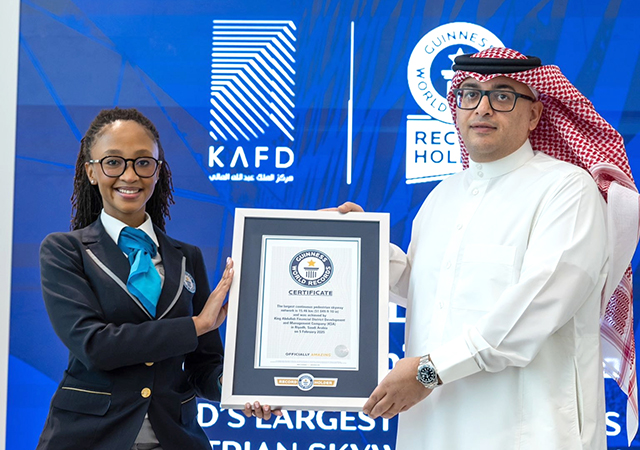

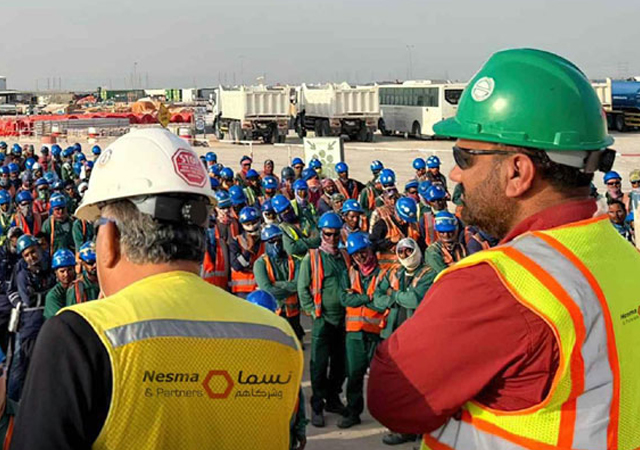
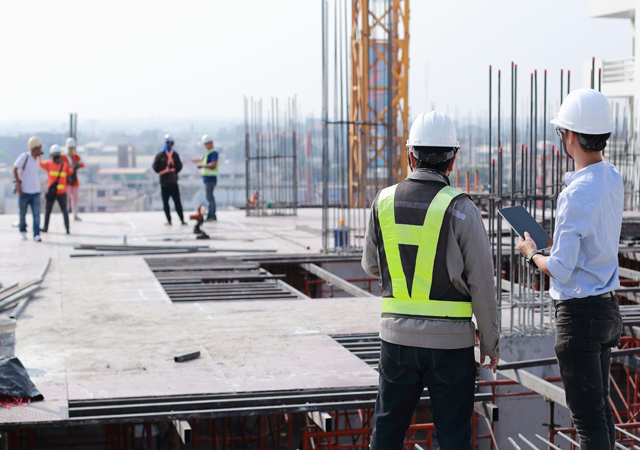
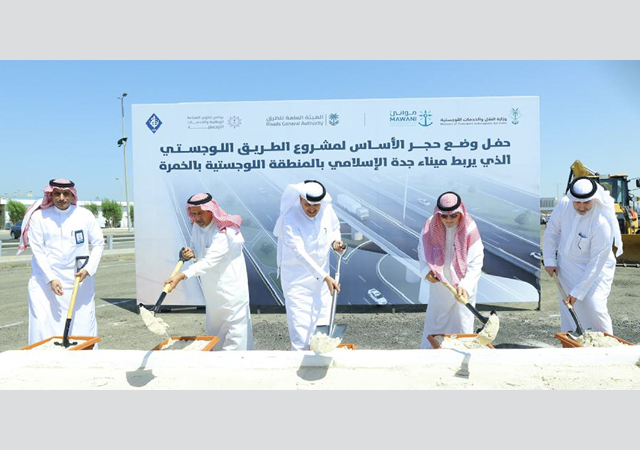
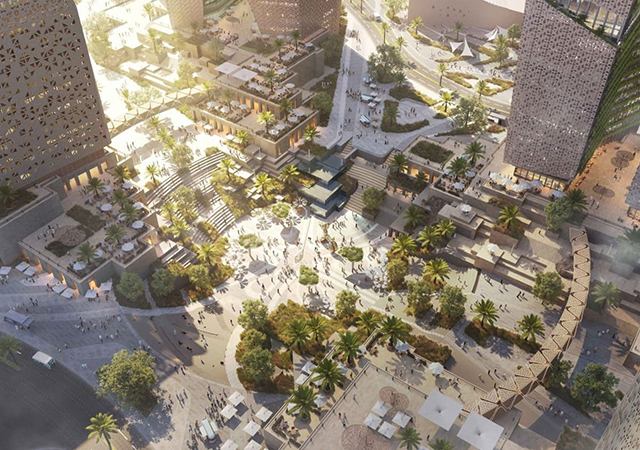

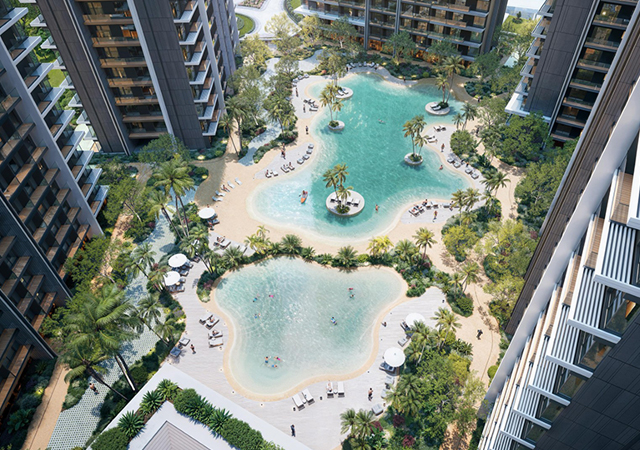
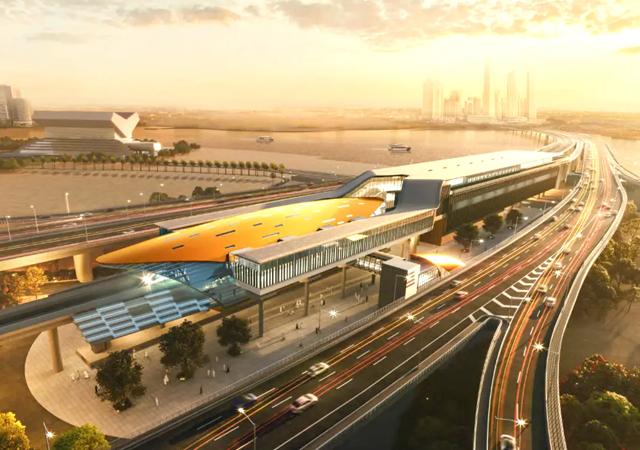
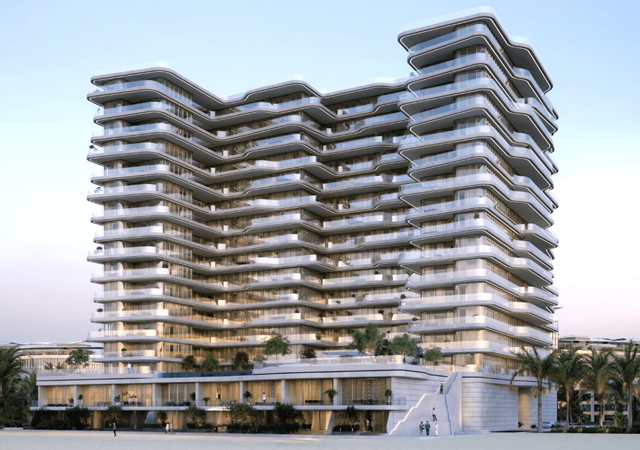


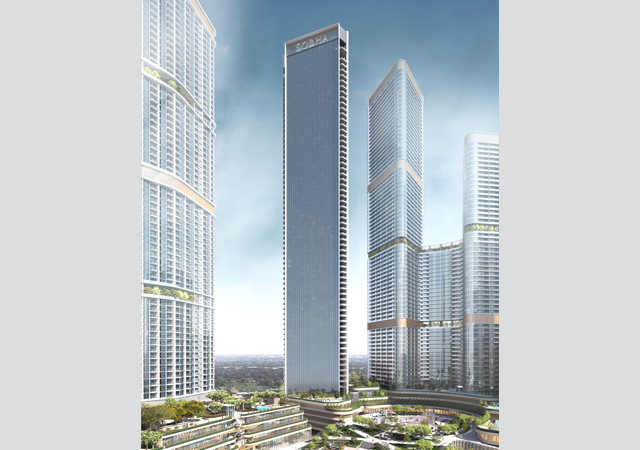
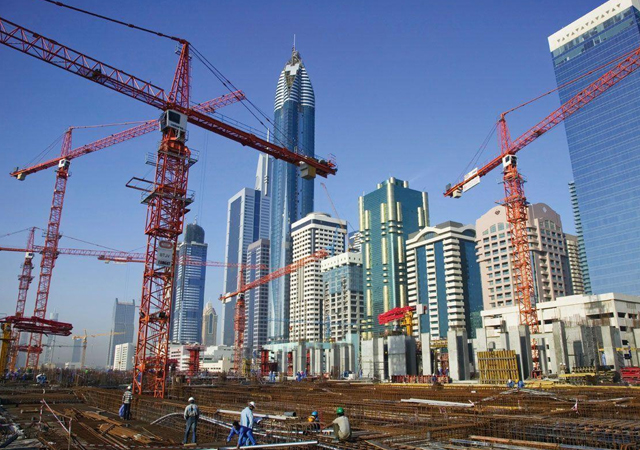
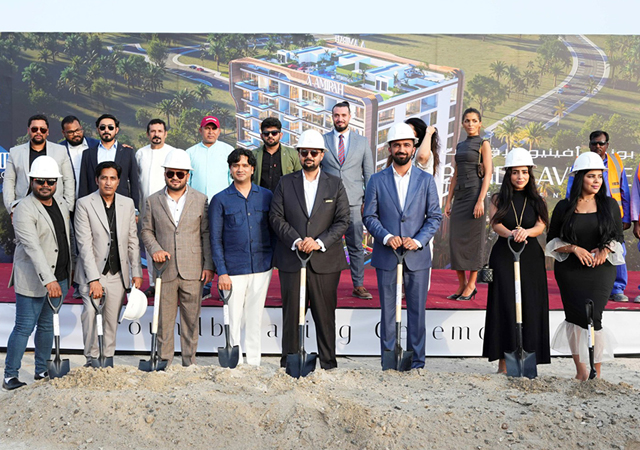




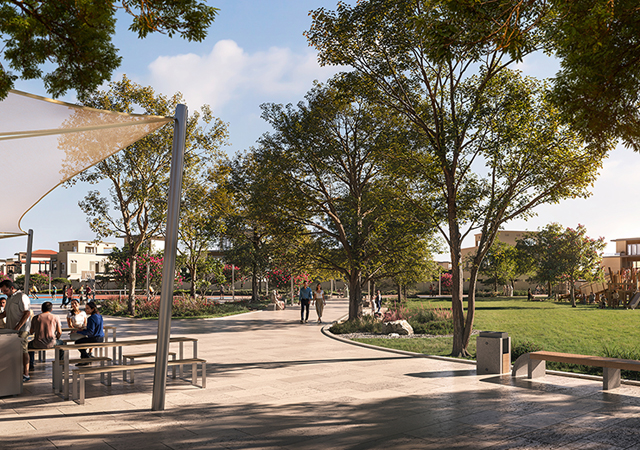
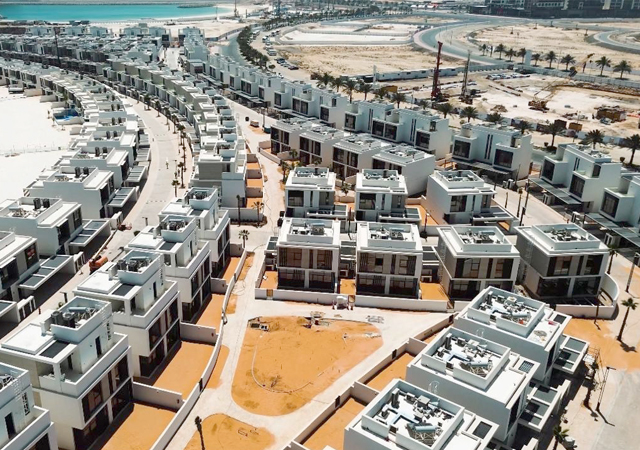
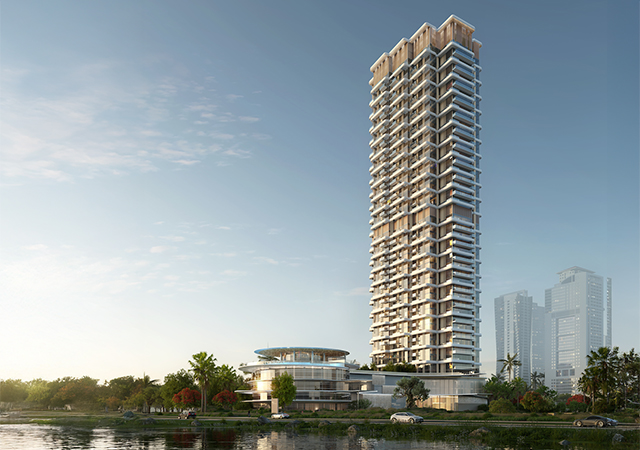

.jpg)
.jpg)
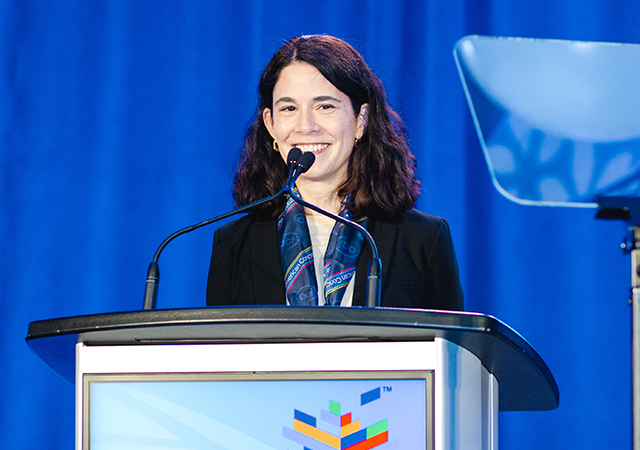
.jpg)
